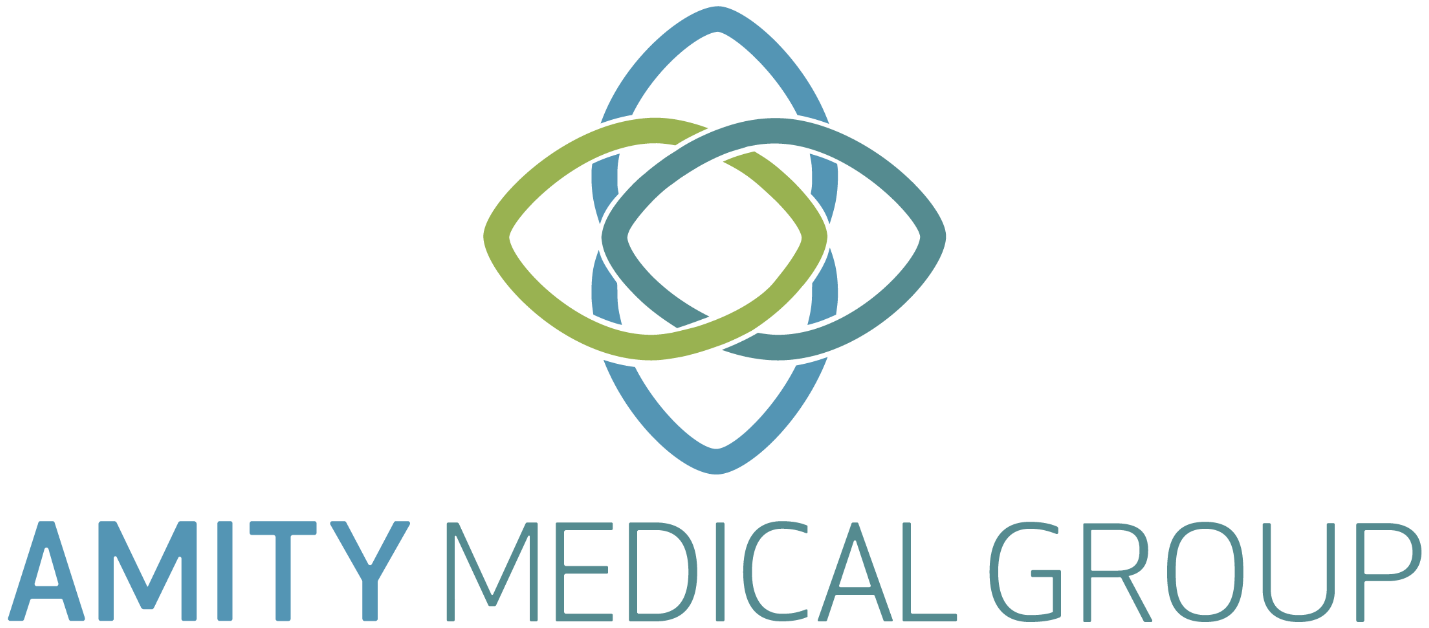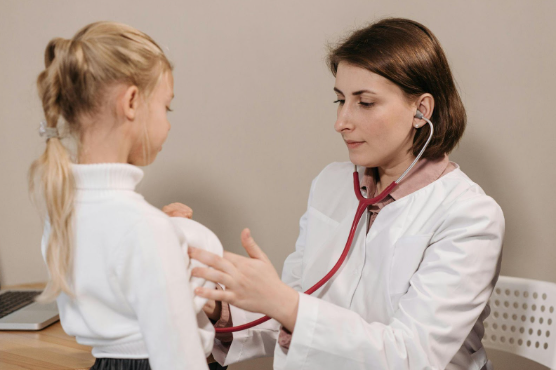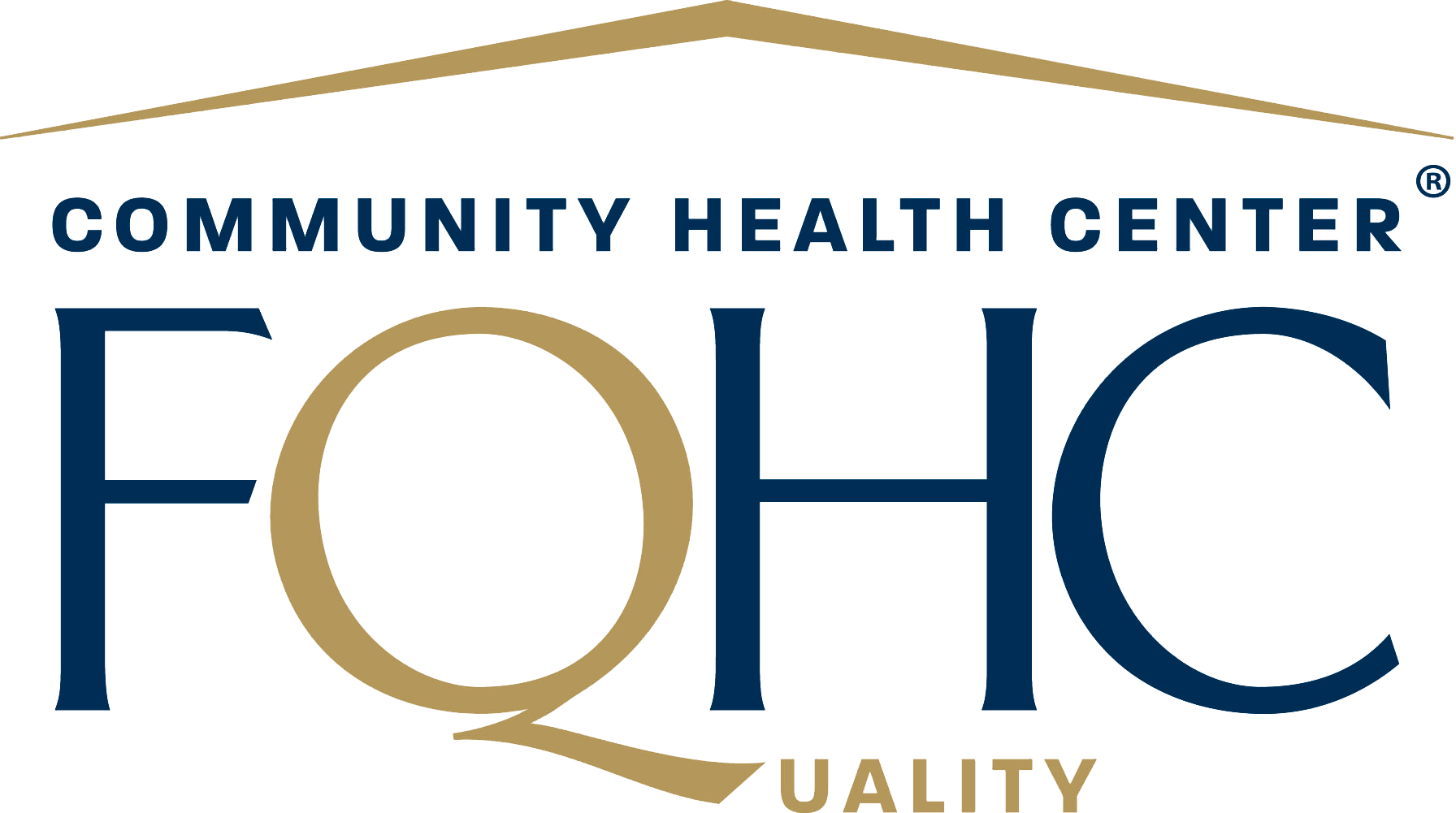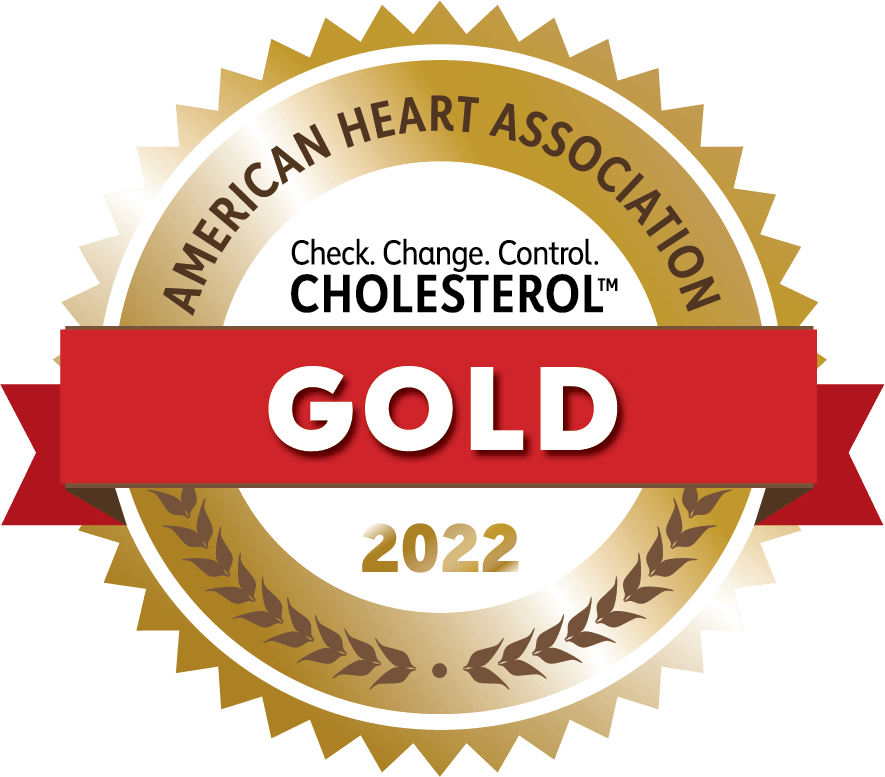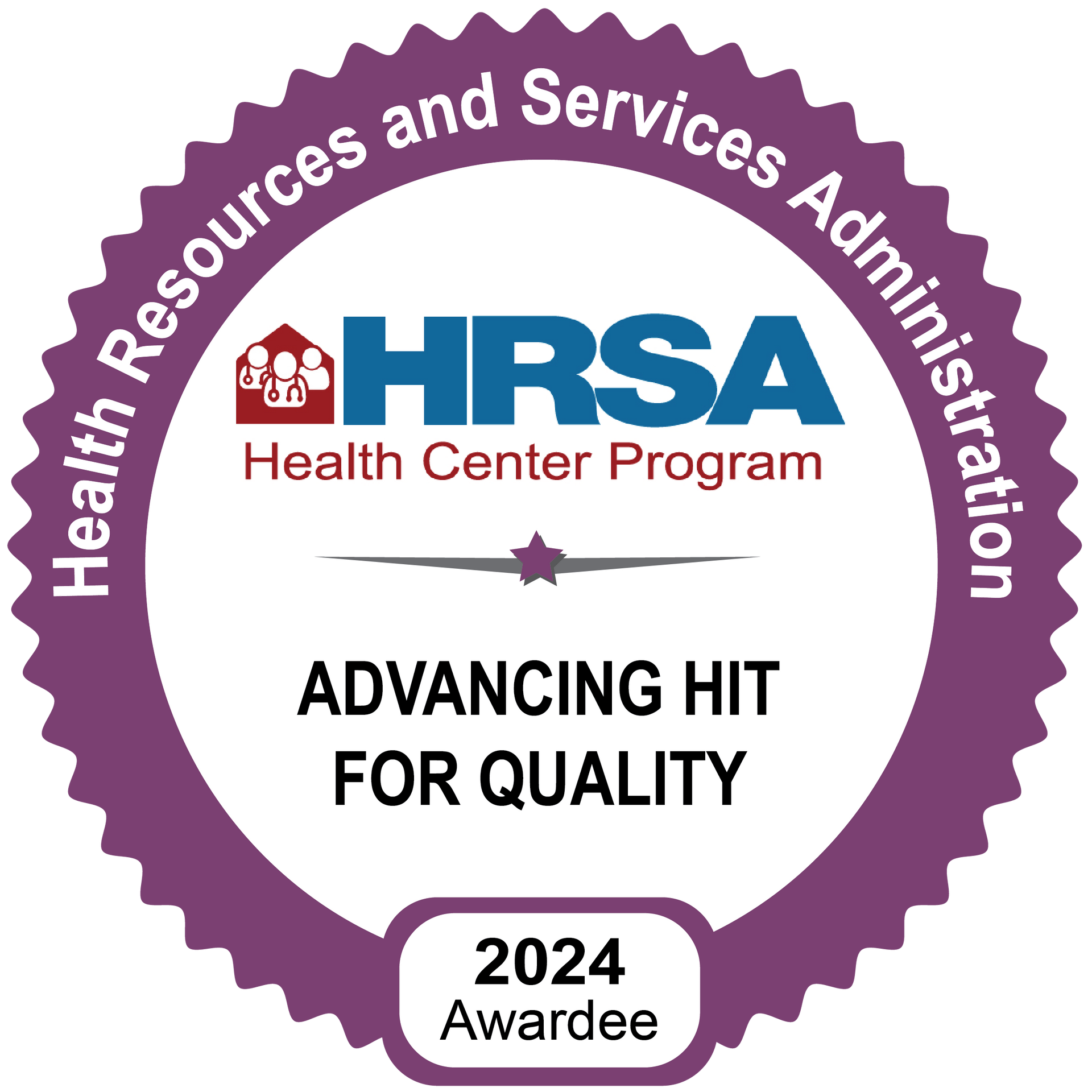For fast assistance and 24/7 communication with our team, please use our patient portal. You may also send a secure text message to 743-800-2015 during regular business hours, Monday - Friday 8:00am - 5:00pm.
Our Monroe Road Location has a New Number! Please Contact Monroe Road at 704-322-4065!
Our Charlotte Park Location has a New Number! Please Contact Charlotte Park at 704-461-0006!
RX Pad Blog
Opioid Use Disorder (OUD)
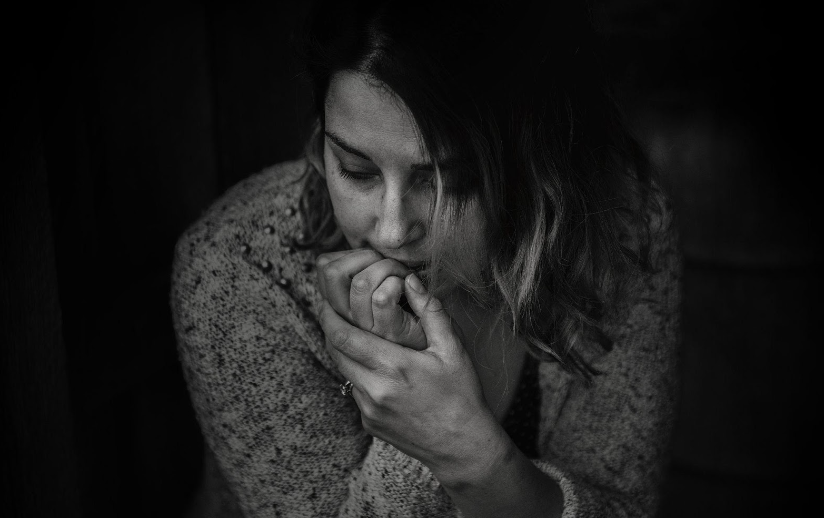
Opioid Use Disorder (OUD) is a pressing issue that affects millions of people across the country. Whether it’s prescription painkillers or illicit drugs like heroin, opioid use disorder can grip individuals and families in a cycle that feels impossible to break.
However, both hope and help are available.
Behavioral health services, which encompass a range of treatments, including medication-assisted treatment (MAT) and counseling, offer a comprehensive approach to overcoming opioid addiction.
What Exactly Is Opioid Use Disorder (OUD)?
Opioids interact with the brain's reward system, leading to a powerful sense of euphoria and relief from pain. However, with prolonged use, the body develops a tolerance, requiring more of the drug to achieve the same effects. This can quickly spiral into dependence, where individuals feel they need the drug just to function normally, and ultimately addiction, where the drug's pursuit becomes a central focus in their lives.
Addiction is not a moral failing but a chronic medical condition that changes the brain's chemistry. Because of these changes, willpower alone is often not enough to overcome addiction.
The Role of Behavioral Health in Opioid Use Disorder Treatment
Behavioral health services are designed to address both the physical and psychological aspects of addiction. This holistic approach works well because it addresses the fact that opioid use disorder affects every part of a person's life—physical health, mental well-being, relationships, and overall quality of life.
One of the cornerstones of behavioral health for opioid use disorder is medication-assisted treatment (MAT). MAT is a mixture of FDA-approved medications, along with counseling and behavioral therapies, all working towards treating substance use disorders. Some medications used in MAT include:
- Buprenorphine: Buprenorphine is a medication that helps reduce cravings and withdrawal symptoms associated with opioid use disorder. It works by partially activating opioid receptors in the brain, which alleviates withdrawal symptoms and cravings without producing the same "high" as other opioids. Buprenorphine is available in films and tablets. The formulation of buprenorphine typically utilized for patients with OUD is mixed with naloxone which prevents misuse.
- SUBLOCADE: This is an extended-release injectable form of buprenorphine that is administered once a month. SUBLOCADE provides a steady level of medication in the body, helping to manage cravings and reduce the risk of relapse. The convenience of a monthly injection can also enhance adherence to treatment, as it eliminates the need for daily medication.
- Naltrexone: Naltrexone is another effective medication used in MAT. Unlike buprenorphine, which activates opioid receptors, naltrexone blocks them. This means that even if someone uses opioids, they won't experience the euphoric effects. Naltrexone helps reduce the risk of relapse by diminishing the rewarding effects of opioids.
- Vivitrol: Vivitrol is an extended-release injectable form of naltrexone that is given once a month. Like SUBLOCADE, Vivitrol provides a consistent level of medication in the body, which can help individuals stay on track with their recovery without the daily reminder to take a pill.
The Importance of Counseling and Behavioral Therapies
While MAT is an important component of opioid use disorder treatment, it’s most effective when combined with counseling and behavioral therapies. These therapies address the underlying psychological and social factors that contribute to addiction:
Cognitive Behavioral Therapy (CBT)
CBT is a type of talk therapy that helps individuals recognize and change negative thought patterns and behaviors related to substance use. By identifying triggers and learning coping strategies, individuals can better manage their cravings and avoid situations that may lead to relapse.
Motivational Interviewing
Motivational interviewing, a counseling technique, is all about helping individuals find the motivation to change their behavior. By exploring the reasons behind their substance use and identifying personal goals, individuals can build the intrinsic motivation needed for recovery.
Why a Holistic Approach Matters
Because of its complex nature, addiction is a condition that needs a multifaceted approach. Medication can help manage the physical aspects of addiction, such as cravings and withdrawal symptoms, but it doesn’t address the emotional, psychological, and social factors that contribute to substance use. This is why combining MAT with counseling and behavioral therapies is so effective.
A holistic approach recognizes that recovery is about more than just abstaining from drugs. Instead, the focus is on rebuilding lives. This includes improving mental health, repairing relationships, finding purpose, and learning new ways to cope with stress and challenges.
Accessing Behavioral Health Services
If you or a loved one is struggling with opioid use disorder, it’s important to seek help from a healthcare provider who specializes in addiction treatment. Many communities have behavioral health clinics that offer MAT and counseling services. Additionally, primary care doctors can often provide referrals to specialists or even prescribe medications like SUBOXONE.
Taking the First Step
Reaching out for help can be one of the hardest steps on the road to recovery. However, it’s best to remember that you never have to go at it alone. Behavioral health services offer a path to recovery that is compassionate, evidence-based, and tailored to your unique needs.
Take the first step toward recovery today by contacting our team at
Amity Medical Group, Inc. We are here to offer hope and support whenever you need it.
Reach out to us to get started. For inquiries about behavioral health services, email us at
bhsinfo@amitymed.org.
Read More From Amity Medical Group


Phone: (704) 322-4065
Fax: (704) 248-8068
Phone:
(704) 874-0200
Fax: (833) 651-2549
Phone: (704) 208-4134
Fax: (704) 248-8068
Phone: (704) 461-0006
Fax: (704) 248-7845
Phone: (704) 503-6336
Fax: (833) 992-2040
Phone: (704) 372-9393
Fax: (833) 992-0812
Awarded 2023 Gold Seal of Transparency with Candid.
Faces of Humanity
Sands of Time
Beyond Boundaries
Click on the badge to learn more!
ButtonClick on the badge to learn more!
ButtonAll Rights Reserved | Amity Medical Group
